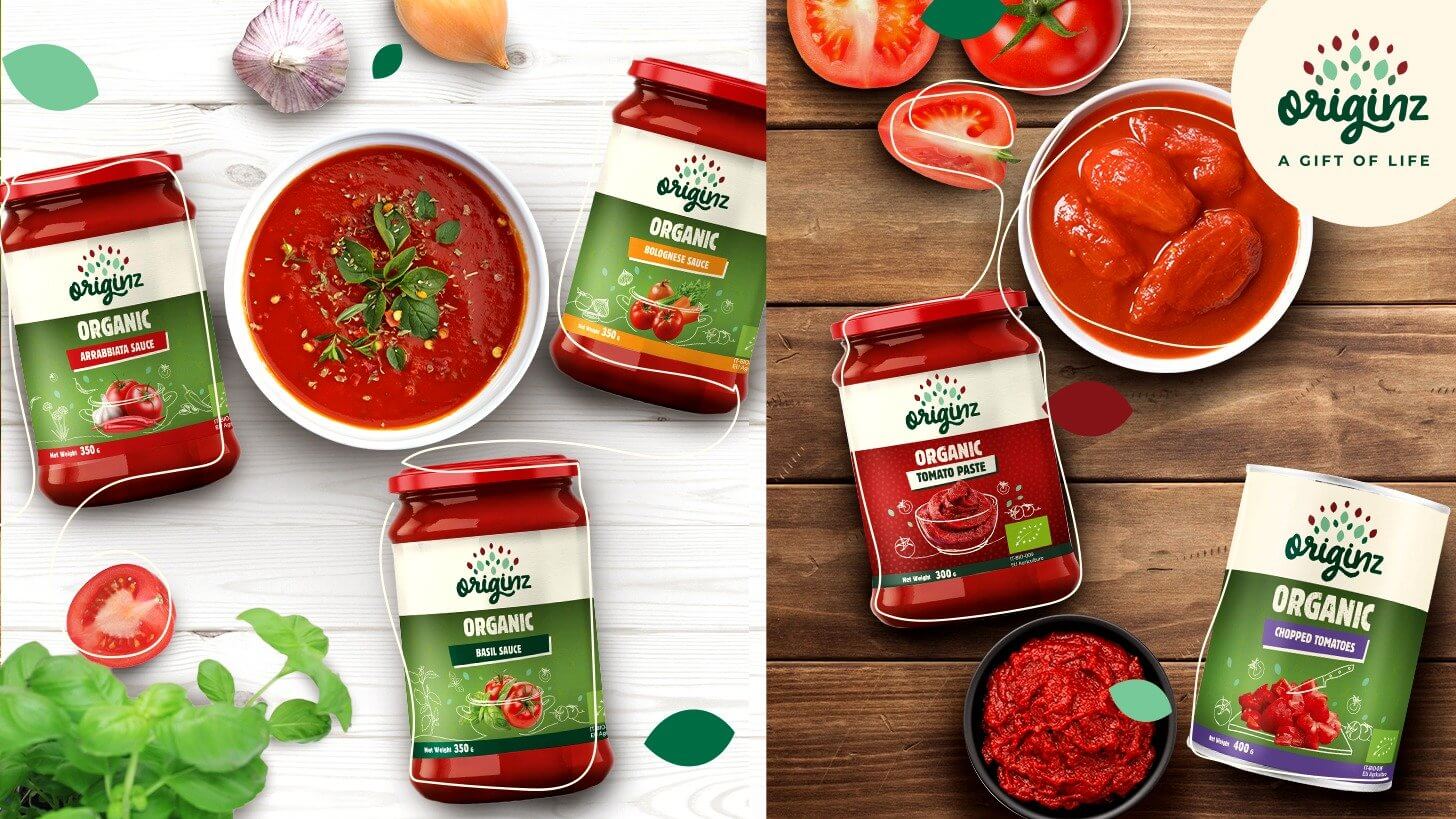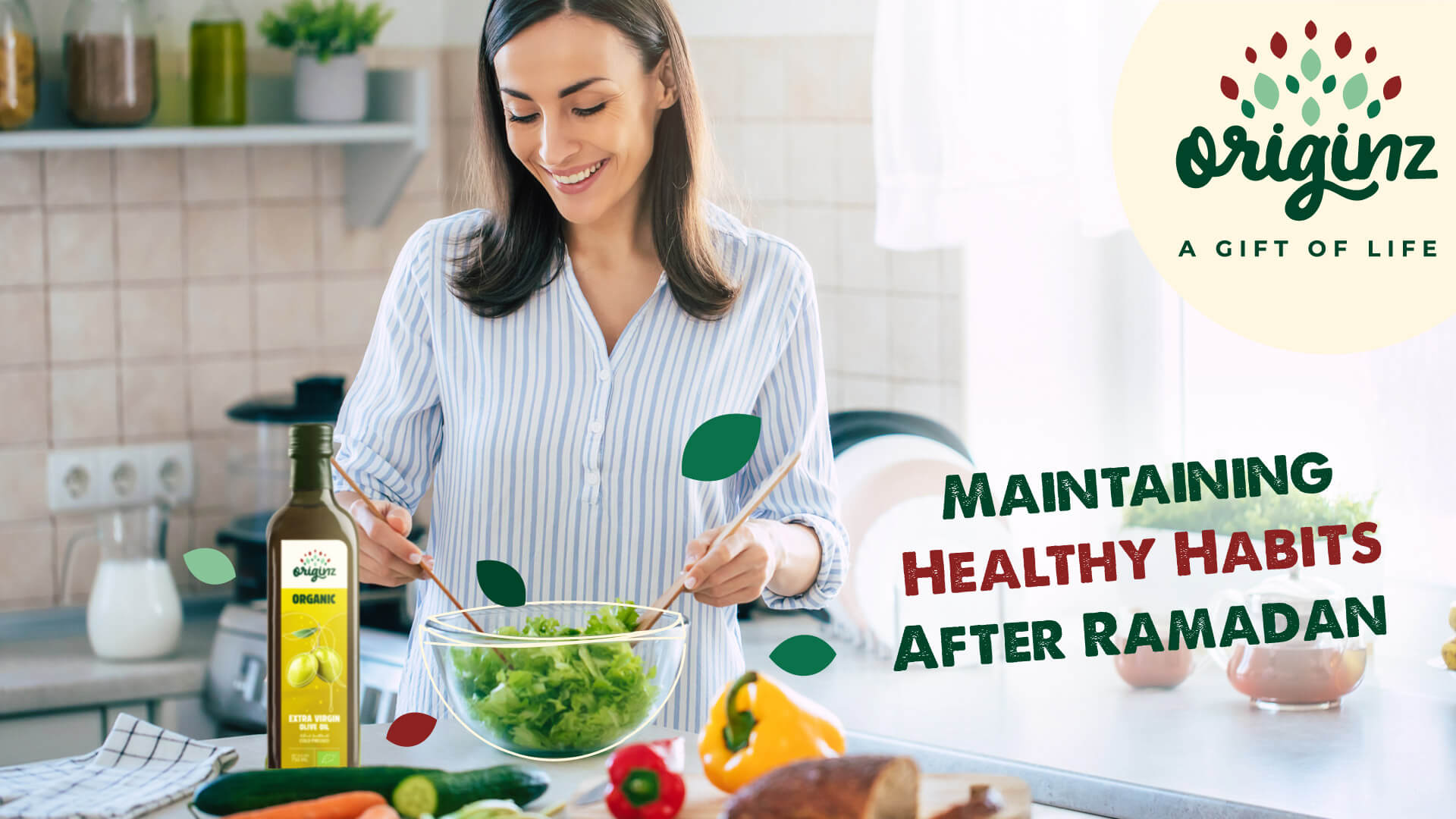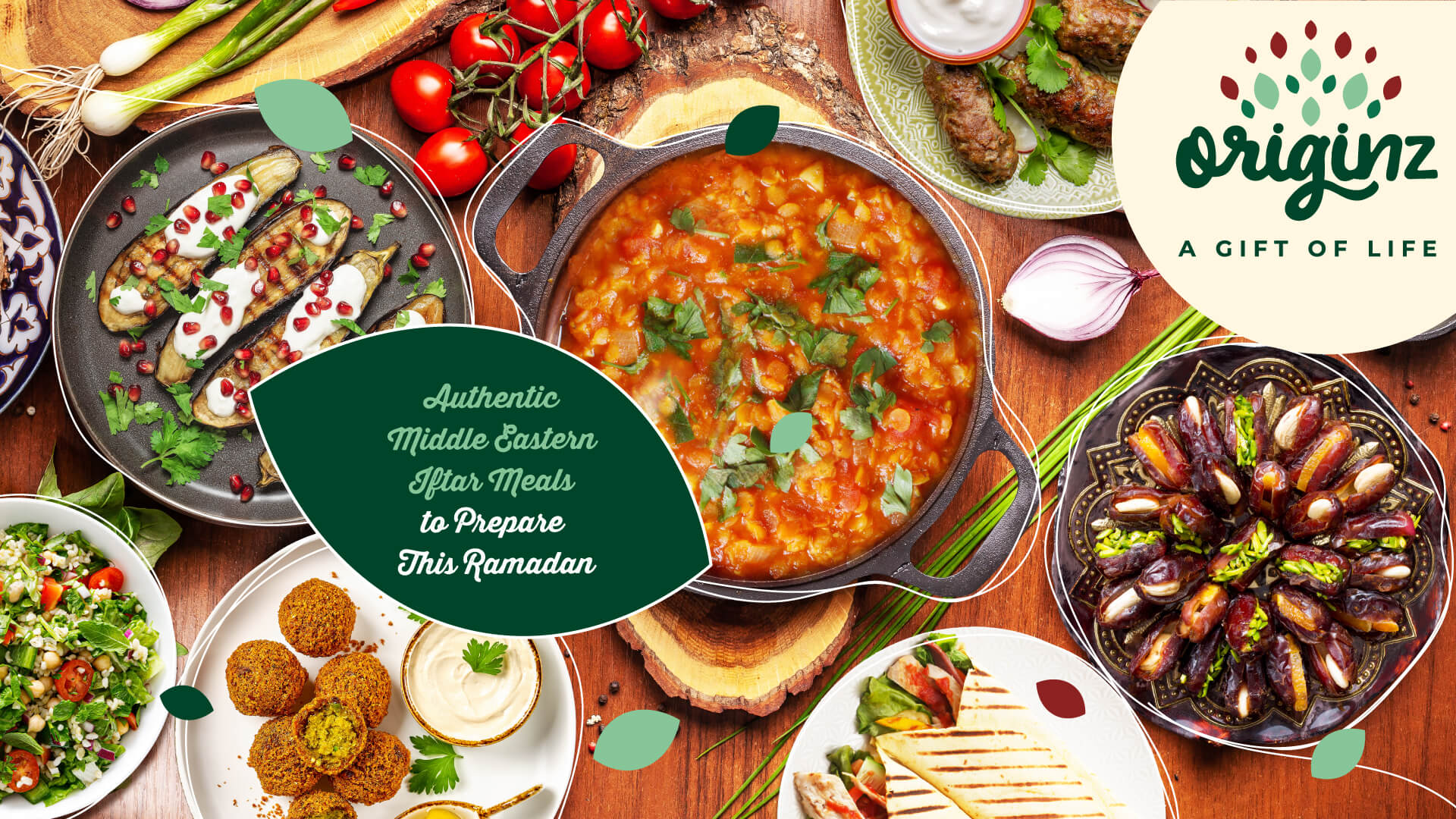
Tomato Sauce vs Puree: What's the Difference?
When it comes to cooking with tomatoes, there are a variety of options available, each with its own unique characteristics and uses. Two popular choices that often cause confusion are tomato sauce and tomato puree. Many people wonder if tomato puree is the same as tomato sauce or if there are any significant differences between the two. Let’s attempt to understand the differences between tomato sauce vs puree and which one to use for different culinary purposes.
Let's address the burning question first: is tomato puree the same as tomato sauce? The simple answer is no. Tomato puree and tomato sauce are distinct products, with variations in their consistency, preparation, and flavour.
Tomato puree is made by cooking tomatoes and then straining them to remove the seeds and skin. The resulting smooth and thick texture makes it an ideal base for soups, stews, and sauces. It retains the natural sweetness of the tomatoes and has a concentrated flavour. Due to its thickness, tomato puree is often used as a thickener for dishes or as a base for homemade tomato sauce.
On the other hand, tomato sauce is typically made by cooking tomato puree with various herbs, spices, and other ingredients. This results in a flavourful and well-seasoned sauce that is commonly used in pasta dishes, pizzas, and as a condiment. Tomato sauce tends to have a thinner consistency compared to tomato puree, making it suitable for coating pasta evenly and providing a saucy texture.
Now that we've established the difference between tomato sauce and tomato puree, let's look at how
Let's talk now about the uses of tomato puree. Due to its smooth texture and concentrated taste, tomato puree is a versatile ingredient that can be used in various dishes. It serves as a great base for tomato-based sauces, such as marinara or arrabbiata sauce. Tomato puree can also be used as a substitute for fresh tomatoes in recipes that call for a smoother consistency. Additionally, it can be used as a thickening agent in soups and stews, lending a rich tomato flavour to the dish.
On the other hand, tomato sauce offers its own unique benefits. The added herbs, spices, and seasonings in tomato sauce create a robust flavour profile, making it a preferred choice for pasta dishes, pizzas, and as a dipping sauce. Tomato sauce can be easily customized by adding additional ingredients, allowing you to create a personalized taste. It also adds moisture to dishes and helps bind the ingredients together, providing a saucy and well-coated result.
When it comes to choosing between tomato sauce and puree, it ultimately depends on the recipe you're preparing and the desired outcome. If you're aiming for a smooth and concentrated tomato flavour, tomato puree is the way to go. On the other hand, if you're looking for a more flavourful and saucier outcome, tomato sauce is your best bet.
It's worth noting that opting for organic food whenever possible is a great way to ensure that the tomatoes used in the production of tomato sauce or puree are free from synthetic pesticides and genetically modified organisms (GMOs). Organic tomatoes are grown using natural methods, promoting sustainable agriculture practices and reducing harm to the environment.
FAQs:
Q:Can tomato sauce be used as a substitute for tomato puree?
While tomato sauce can be used as a substitute for tomato puree in some recipes, it's important to note that the flavour and consistency may differ. Adjustments may be required to achieve the desired outcome. So, is tomato puree the same as tomato sauce? The answer is no. Tomato puree is typically made from cooked and strained tomatoes, resulting in a thick and smooth texture, while tomato sauce often includes additional ingredients like herbs, spices, and even meat, creating a more flavourful and saucier consistency.
Q:Can tomato puree be used as a substitute for tomato sauce?
Tomato puree can be used as a substitute for tomato sauce in recipes that call for a smoother texture. However, you may need to adjust the seasoning and add additional herbs or spices to enhance the flavour. Understanding tomato puree uses can help you determine when to use it in your cooking. It works well as a base for pasta sauces, soups, stews, and as a topping for pizzas. Its concentrated nature can add depth and richness to dishes, making it a versatile ingredient in the kitchen.
Q:What is the difference between tomato paste and puree?
Tomato paste is a concentrated product that has a thicker consistency and more intense flavour compared to tomato puree. It is typically used in small quantities to enhance the flavour of dishes.
Q: What are some of the tomato sauce benefits?
Tomato sauce adds depth, flavour, and moisture to dishes. Its versatility allows it to be used in a wide range of recipes, from pasta dishes to pizzas and as a condiment.
In conclusion, tomato sauce and puree may seem similar at first glance, but they have distinct characteristics that make them suitable for different culinary purposes. Understanding the difference between tomato sauce and puree allows you to make informed choices in the kitchen, ensuring the best results for your dishes. Whether you prefer the concentrated sweetness of tomato puree or the flavourful sauciness of tomato sauce, both options add a delightful touch to your favourite recipes.
Further Read,
Latest Blogs

Maintaining Healthy Habits After Ramadan
Have Ramadan healthy meals after Ramadan and maintain healthy food habits and implement them in your daily lives. Read more about healthy food habits.

Authentic Middle Eastern Iftar Meals to Prepare This Ramadan
Prepare some authentic middle eastern iftar meals this Ramadan. Look for fresh Ramadan food ideas and make your day memorable with these dishes. Check them out.

Ramadan Dishes to Cure Fasting Fatigue
Don’t worry about fasting fatigue anymore as we have listed some best Ramadan dishes and easy iftar meals to support your fasting journey. Check them out.

Eid-al-Fitr Feast: Delicious Recipes to Celebrate the End of Ramadan
Celebrate the end of Ramadan with delicious recipes on the eve of Eid ul Fitr. Read more about the traditional Ramadan recipes and make them easily.